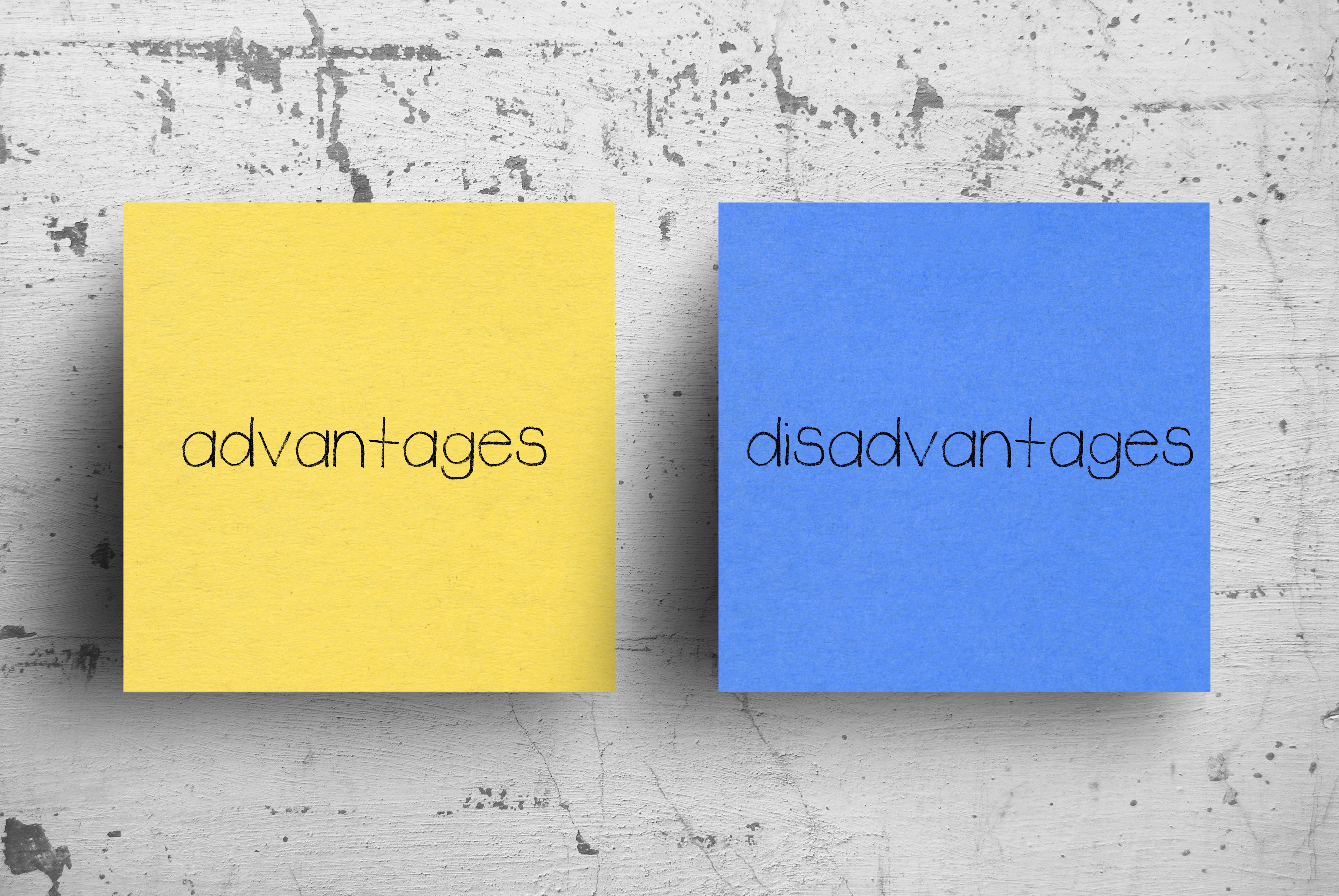Flexible Life Interest Trusts
Overview A Flexible Life Interest Trust (FLIT) is often described as a modern family trust that provides flexibility in tax-efficient ways to a surviving spouse and other beneficiaries. The trust allows the surviving spouse to stay in the marital home until their passing while ensuring the estate's inheritance by the children or grandchildren.
How FLITs work: Any remaining assets go into a trust when a testator dies. The life tenant, the primary beneficiary, is entitled to all of the trust's income during their lifetime. Trustees have discretion over the use of capital, which can be given or loaned to the life tenant or other beneficiaries. A Letter of wishes should be used to specify how the trust funds should be distributed.
 Scenario 3) If Beth moved into a care home, the FLIT transferred Andy's 50% to his children, so it could not be used to pay for care home costs.
Scenario 3) If Beth moved into a care home, the FLIT transferred Andy's 50% to his children, so it could not be used to pay for care home costs.
Scenario 1) Andy and Beth are a married couple with two children and own a home. Andy passes away, and Beth automatically becomes the sole owner of the house and all the joint savings, pensions, and other assets. After several years, Beth marries Charles but fails to update her Will before passing away. As a result, Charles inherits everything left by Beth and then leaves the entire estate to his children.
Scenario 2) Andy and Beth, before passing away, decided to divide the ownership of their house equally and created a Flexible Life Interest Trust (FLIT) with a Letter of Wishes in their Wills. According to the trust's rules, Beth can continue to live in the house until she passes away, gets married again, enters care, or no longer requires it, as specified in the trust. Initially, Beth faced financial difficulties, but Andy had left a Letter of Wishes with his other trustee, Dave, stating that he did not want Beth to suffer financial hardship. Therefore, Dave advanced £10,000 per year for six years from the trust assets to assist Beth. When Beth married Charles, her financial situation improved, and the house's value increased, which could lead to an Inheritance Tax (IHT) liability if Beth passed away. Therefore, after consulting with Dave, Beth gave £30,000 each to Andy and Beth's children to assist them with their weddings and moving home. After Beth's death, both her and Andy's IHT allowances were still available. The £60,000 gifted to the children eight years prior was exempt from IHT, resulting in half of the house being saved for Andy's children and £24k IHT being saved.
Scenario 4) This time, Beth becomes bankrupt; Andy’s 50% does not belong to Beth and, therefore, can’t be taken to clear Beth’s debt.
Scenario 5) Charles pressures Beth to sell the house to pay his debts this time. Again, Andy’s 50% is secured and protected.

Advantages Of A FLIT
A trust is ideal for protecting family assets on the first and second deaths. It becomes a discretionary trust and can benefit future generations.
The trust protects some of the estate if the surviving spouse goes bankrupt or has additional costs for their welfare or third-party claims.
Trustees can loan money to beneficiaries to avoid affecting the size of their estate. No anniversary or exit charges apply during the life of the life tenant.
Trustees can convert some or all trust funds into another type of trust, which is particularly useful in case the Inheritance Tax laws change adversely.
The trust can end early and distribute assets to beneficiaries if they wish to, though there will be fees and tax consequences.
Disadvantages of a FLIT
The FLIT would be treated as part of the life tenant’s estate for IHT purposes.
If not considered as part of the estate planning, the available tax reliefs (RNRB & NRB, BPR & APR) of the first to pass away could be lost.
On the life tenant's death, the trust will end and automatically become a discretionary trust; therefore, entry, anniversary and exit charges that previously did not now apply.
A grant of Probate will need to be obtained on your death to deal with the property.
HMRC requires Life Interest trusts to be registered using their Trust Registration Service.
If the survivor wishes to move house, the sale may be subject to Stamp Duty Land Tax at a second-home rate (subject to the relevant tax regime at the time).
How FLITs are taxed
For IHT purposes, the life tenant of a trust is treated as inheriting the assets when the owner dies. If they are the spouse/civil partner and assets pass to the FLIT, the spousal exemption applies, no IHT is due, and a Nil-Rate Band (NRB) can transfer to the surviving spouse.
No anniversary/Entry/exit charges apply during the life of the life tenant. Trustees and the life tenant can give gifts from the trust to other beneficiaries to mitigate IHT, which are considered Potentially Exempt Transfers (PETS).
The trust becomes discretionary on the life tenant's death and is taxed under the relevant property regime, where anniversary and exit charges may apply. If the primary residence is left to a FLIT, RNRB won't be available as the assets pass to a discretionary trust, not direct descendants.
Can the Residential Nil Rate Band apply to a discretionary trust?
The Residential Nil Rate Band (RNRB) cannot apply if it is intended that the deceased’s main residence forms part of a discretionary trust and is to remain in the trust for the long term. However, if the trustees of the trust appoint the home out of the trust to direct descendants within two years of the testator’s death, RNRB will then apply. This is due to rules contained in S144 Inheritance Tax Act 1984 which mean that distributions from the trust within two years of death are treated for IHT purposes as if the will had gifted the assets to the beneficiary.

Considerations. Consider the recipient's ability to afford property upkeep before granting a life interest. You can allocate money for maintenance in your will or from income-generating assets. Give trustees the power to sell property and offer a life interest to a surviving spouse in a new property. A life interest usually ends when the recipient dies but can end earlier if specified in your will.
Trust Fees
The trust fund is subject to a maximum tax rate of 6% every ten years, payable by the trustees from the trust fund. The charge is reduced if the assets are not held in the trust for the entire 10-year period. There are no anniversary or exit charges during the life of the tenant unless part or all of the life interest is revoked.
The entry charge is also known as the lifetime charge or immediate charge and is assessed when the trust is created. Gifts into discretionary trust are classed as chargeable lifetime transfers (CLTs). When setting up a new trust, you must consider any previous CLTs (e.g. gifts into discretionary trusts) made within the last seven years. Potentially Exempt Transfers (PETs) are not included in this cumulation. As long as this total does not exceed the settlor’s nil rate band (NRB), there will be no entry charge.
If a couple is setting up the trust, you double up the nil rate band. If the CLT exceeds the settlor’s available NRB, there is an immediate charge of 20% on the amount over. (This is based on half of the death rate of 40%.) If the settlor dies within seven years of making the CLT, a further liability to inheritance tax may arise.
Trustees. Trustees play a crucial role in ensuring that the trust operates effectively. They must balance providing for the surviving spouse’s needs and utilising the trust’s flexibility, including potential tax planning. Including the surviving spouse as one of the trustees is advisable since the long-term success of such trusts often relies on the spouse's active participation in planning. Carefully considering your options and reviewing every five years is the best way to ensure the trust works for you.
Technical Bit: While the life tenant is alive, the trust is treated as an interest-in-possession trust, but on their death, it automatically becomes a discretionary trust and is treated as a relevant property trust. This trust offers flexibility and ongoing protection of trust assets for up to 125 years.
Acknowledgement: I want to thank Manisha Chauhan from the SWW technical advice team for contributing much of this document's content.


